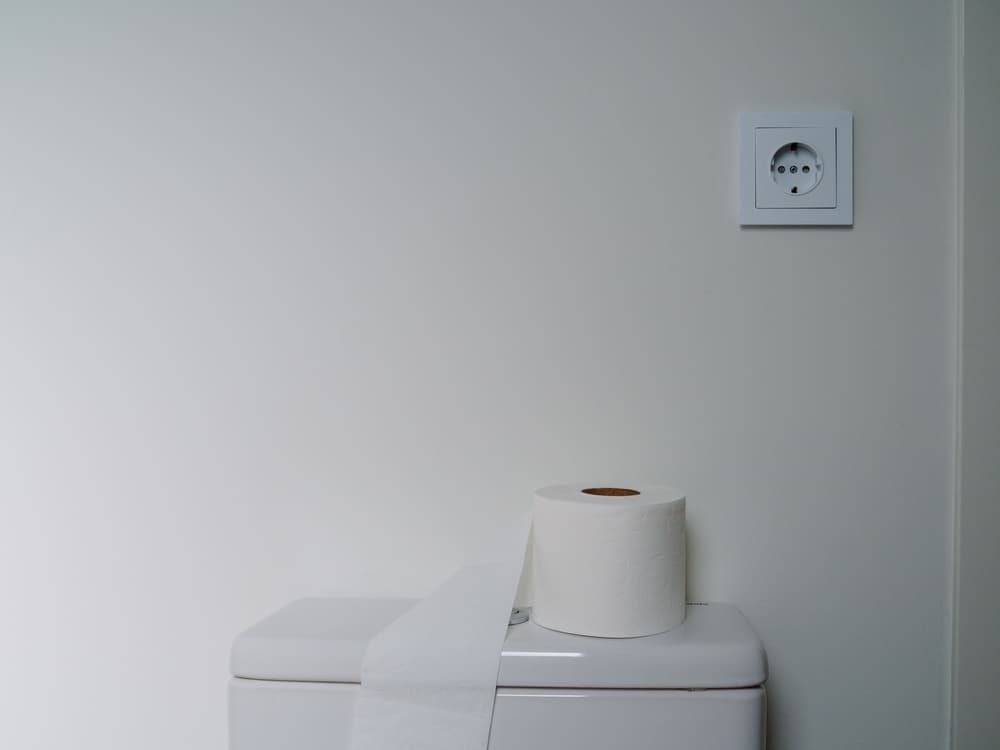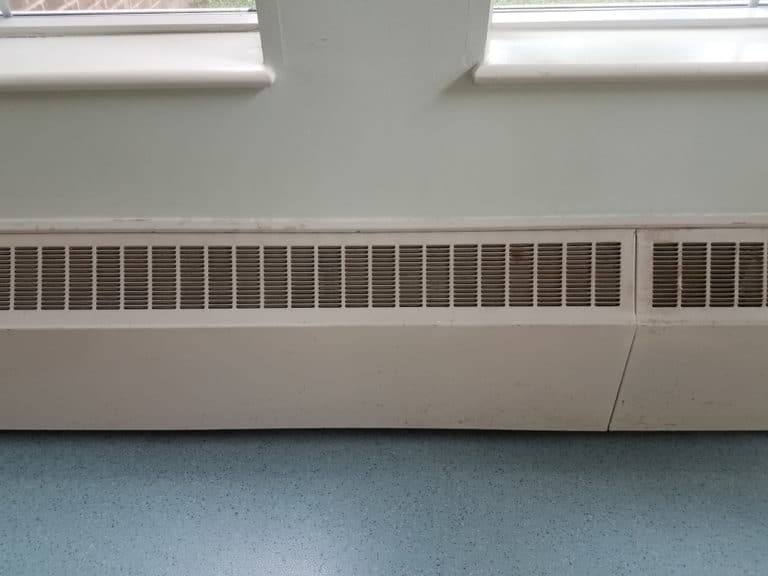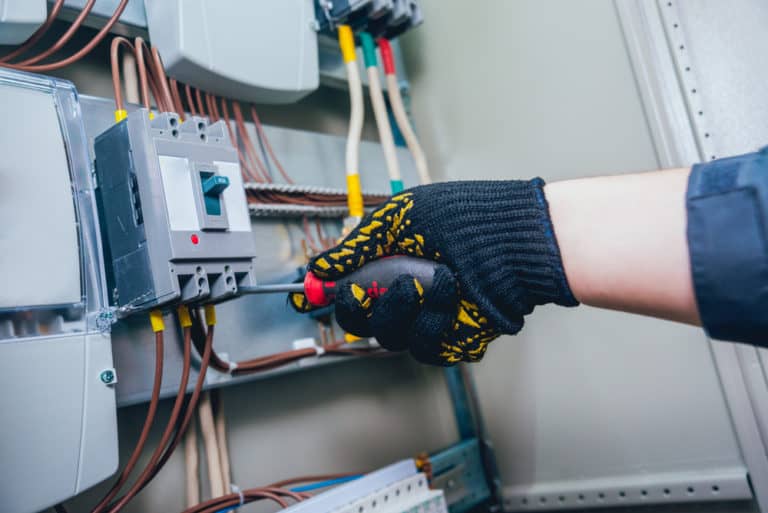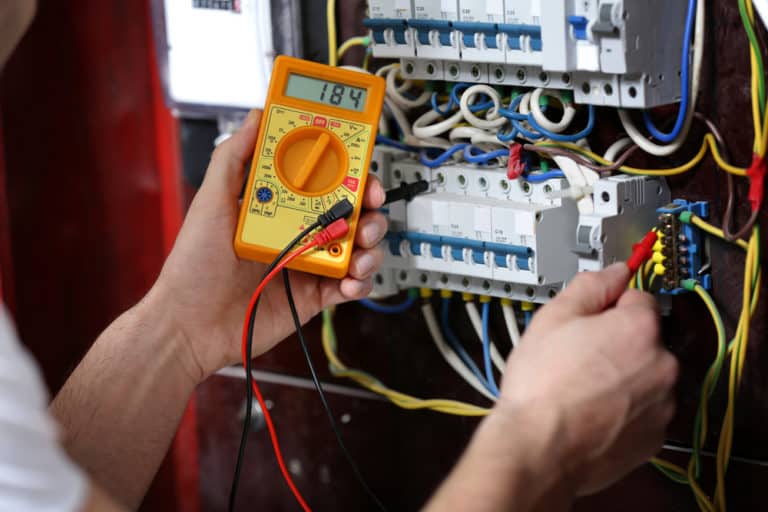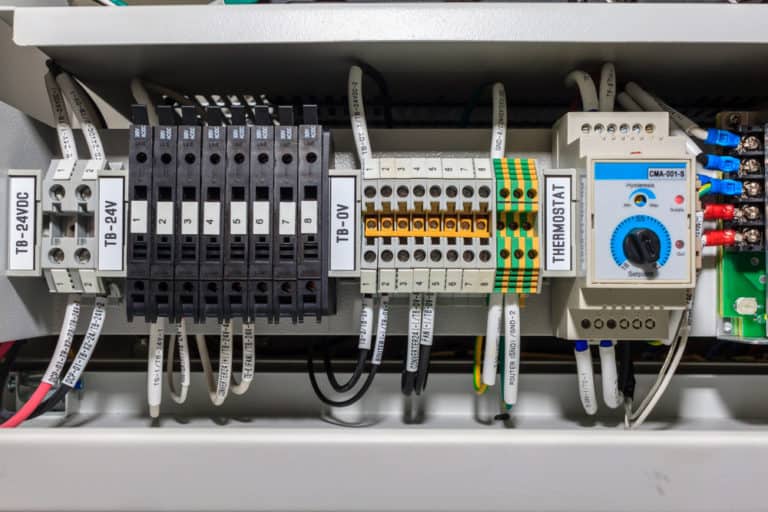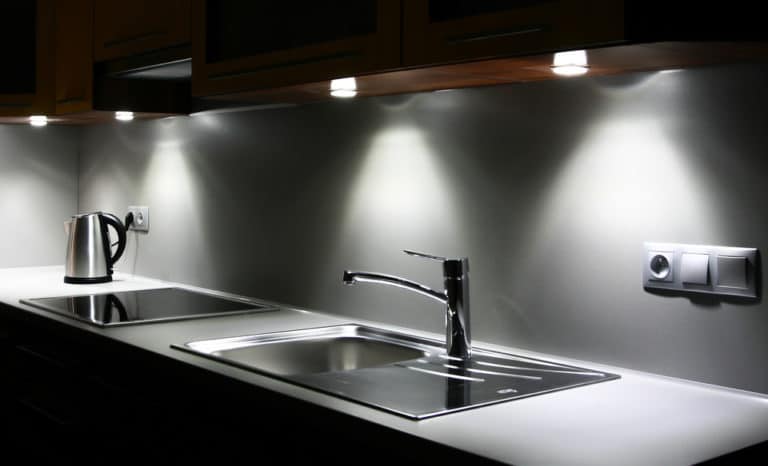How Close Can An Electrical Outlet Be To A Toilet?
Gone are the days when the only electrical receptacle needed in a bathroom was for an electric toothbrush, a shaver, and a hairdryer. Nowadays, electric outlets are required for electrical bidets, vent fans, lighted mirrors, heaters, sound systems, television, electrical scales, etc.
You can install an electrical outlet any distance to a toilet. As long as the whole of the bathroom circuitry has been installed in compliance with the National Electrical Code, 2017 edition (NFPA 70-2017), there is no restriction on the electrical outlet’s position to the toilet.
The North American electrical building codes are very pragmatic in using electrical outlets to provide as many conveniences as the homeowner needs. They don’t regulate how close an electrical outlet can be to a toilet; instead, the only issues codified relate to the overall safety of the occupants and the reduction of the fire risk.
No Restriction On The Proximity Of An Outlet To A Toilet
While there are codes relating to the position of a receptacle or switch to both a lavatory basin, bathtub, and showers, there is no stipulation regarding how close it is to a toilet.
There is, however, a very comprehensive list of regulations regarding the general wiring requirements of a bathroom.
These regulations allow as many electrical devices into the bathroom as are needed, with the proviso that the person occupying the bathroom remains safe.
Bathrooms And Electrical Circuits
The problem is that water and electrical systems are not a safe combination. There are very strict code requirements, which have been adopted in all fifty states, and which apply to the electrical circuits in a bathroom.
While some municipalities may have slightly different interpretations of some of the codes, and others may be more relaxed in the application, there is a single standard across the whole country.
What Are The Building Codes For Bathrooms?
While the National Fire Protection Association (The NFPA) is mandated to reduce fire incidents across America, the code published under their auspices has a specific component relating to electrical safety and installation.
The NFPA 70-2017 – National Electrical Code, 2017 edition, is the national code with a specific section relating to bathrooms.
It is designed to provide optimum protection for what could be a hazardous situation with water and electricity being positioned in the same room.
The code requirements are.
AFCI Receptacles Must Be Used
Previously the code required that all bathroom receptacles be GFCE protected.
GFCI stands for ground-fault circuit interruption protection, and its primary role is to protect against shock.
The GFCI device measures the current going out from the receptacle to an appliance differently from the flow that returns. Remember, all electrical currents move from the negative to the positive source in a circuit.
The latest code requires the receptacles to be AFCI compliant.
AFCI stands for Arc-Fault Circuit Interrupter, and while GFCIs protect against shock, AFCIs protect against arcing (sparking). AFCIs, therefore, offer greater protection against fires.
AFCI protection is contained within the circuit breakers protecting the whole circuit. There are also individual outlet receptacles used to protect separate locations.
The Circuits Must Be A 20 Amp Current
The bathroom receptacle circuits must be sized for a dedicated 20 amps and separated from the lighting circuits. There are different interpretations of this rule, with most electricians believing the circuit should be 20 amps and be dedicated to the bathroom.
Some electricians believe if the bathroom is connected to a 20 amp circuit, which may also serve other areas in the home, this is acceptable.
It is allowable to install multiple electrical circuits in the bathroom.
Switches Must Be Grounded
Some older switches did not include a contact for the green grounding screw. It is required in bathroom wall switches, and it must be connected to the system’s ground wires.
Vent Fans May Be Required
A vent fan is required if the bathroom has no external windows.
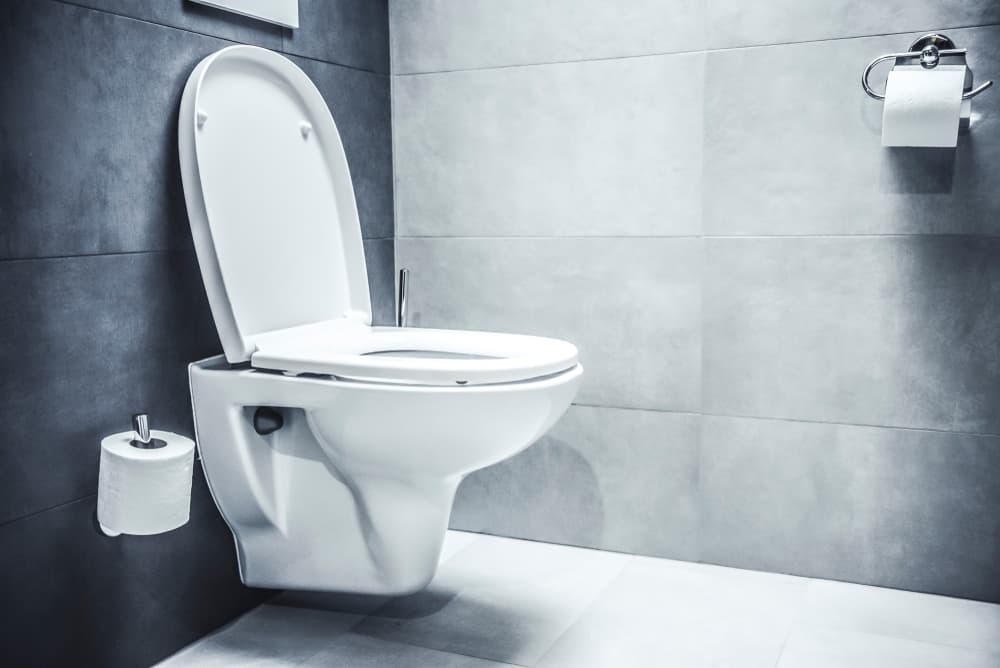
Where Can The Electrical Receptacles Be Installed?
The regulations do not mention how close an electrical outlet can be to a toilet.
The code (which most municipalities enforce) requires a GFCI receptacle (protected by an AFCI circuit breaker) to be installed within 36 inches (914 mm) of the outside edge of a lavatory basin.
The codes define where the receptacles can be installed and the acceptable pits are.
- They must be installed on a wall or partition adjacent to the lavatory basin.
- On the countertop in a sideways position.
- On the side of a cabinet or side of a basin cabinet.
- Not more than 12 inches below the countertop.
Perhaps obviously, the code does not allow receptacles to be installed.
- Within a bathtub.
- Within a shower stall.
- You cannot install switches within the splash area of a shower or bathtub.
- No switches can be installed within reach of a person in the bathtub.
The only exception to points four and five is if the bathtub or shower stall has switches and receptacles installed at the factory and listed as part of the bathtub or shower assembly.
Conditions You Should Check Before Installing An Outlet
In addition to the code conditions listed above, you should also check the following warning signs.
- If the home was built between 1965 to 1973 will have aluminum wiring.
- If the house wiring is aluminum, the house needs to be rewired and brought up to code before adding a component to the bathroom.
- If the home is over 30 years old, you should check the adequacy of the electrical system’s grounding.
- If the electrical wiring is only two wires in each cable, it is not grounded.
- Ensure that the house has a fuse box and not the old circuit breakers.
- There are no GFCI receptacles.
- The fuses or circuity breakers blow or trip often.
- There are not enough electrical receptacles, lights, or switches.
- Extension cords are used throughout the house.
- The electrical supply from the utility is only 100 amps or lower.
Conclusion
The building code applies to how the circuits are installed in private homes, particularly how close an electrical outlet can be to a toilet. It is very strict in its requirement of specific safety standards being met.
As long as a receptacle falls within the allowable area next to a lavatory basin and no one in the bathtub or shower can reach it, there are no other restrictions regarding where it can be installed.

